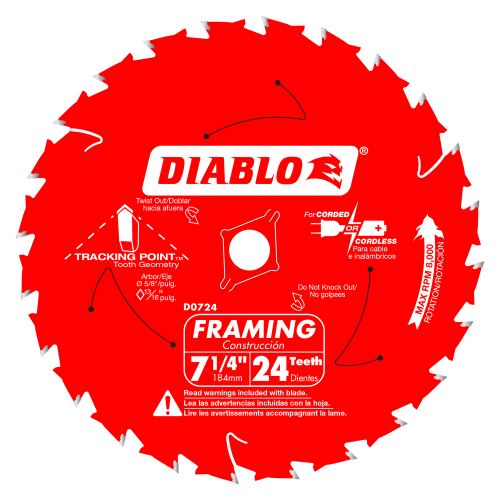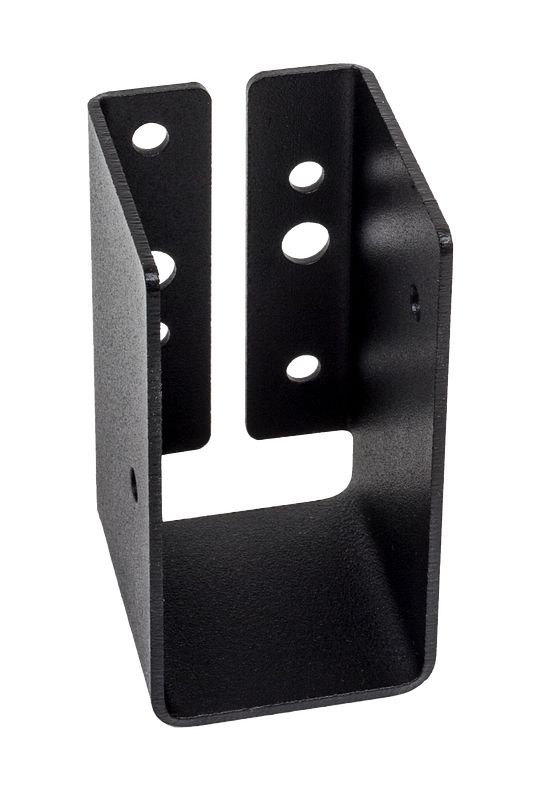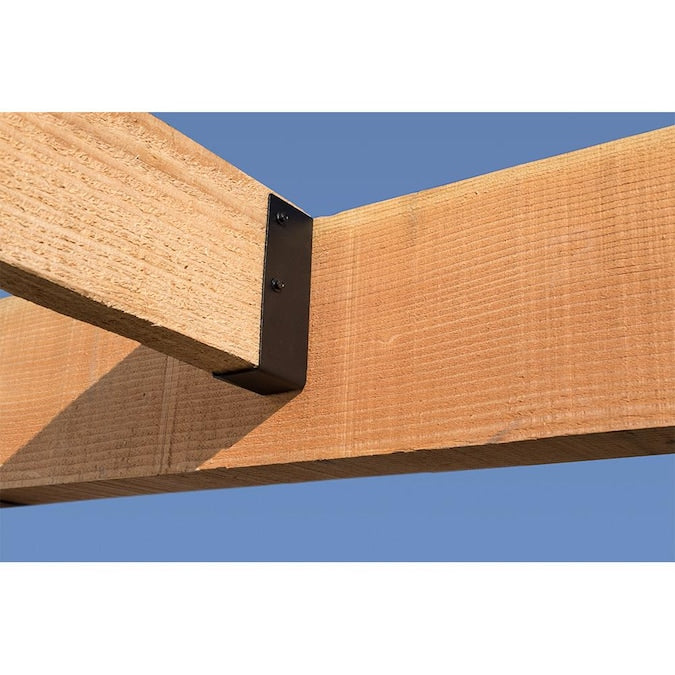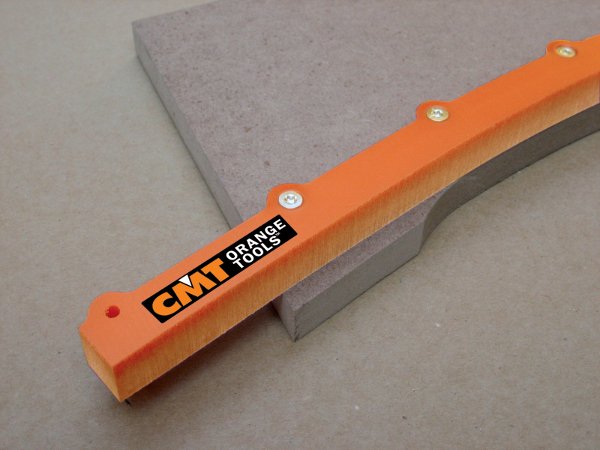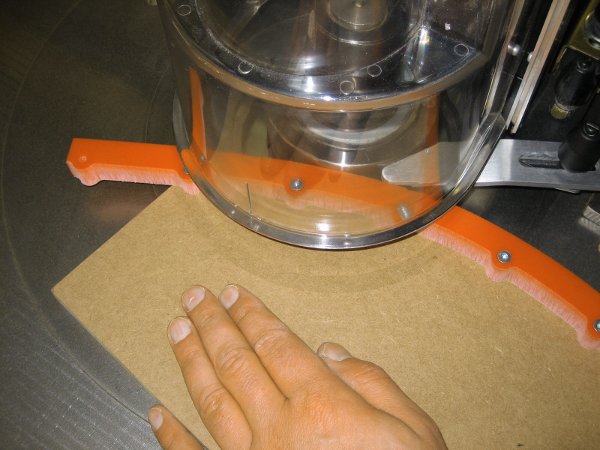When it comes to building structures that require solid support, installing joist hangers is an essential step. Joist hangers provide critical reinforcement for connecting joists to beams, helping to distribute the weight and maintain structural integrity. However, improper installation can compromise the stability of the entire structure, leading to costly repairs down the line. In this article, we will discuss five common mistakes to avoid when installing joist hangers and provide valuable tips to ensure a secure and durable attachment.
Neglecting to Use the Correct Joist Hanger Size
Using the correct size of joist hangers is crucial for their proper function. Many DIY enthusiasts and even some professionals make the mistake of using hangers that are either too small or too large for the joists they are attaching. When hangers are too small, they lack the necessary strength to support the load, compromising the structural integrity. Conversely, using oversized hangers can lead to instability and joist movement. Always refer to the manufacturer's guidelines and consult with a structural engineer if needed to determine the appropriate hanger size for your specific project.
Failing to Orient Joist Hangers Correctly
Another common mistake during joist hanger installation is incorrect orientation. Hangers have specific load-bearing directions indicated by the manufacturer. Improper orientation can result in a weaker connection and reduced load-carrying capacity. Ensure that the joist hangers are facing the correct direction and that the joists are installed with the proper orientation as specified by the hanger manufacturer.
Inadequate Nailing or Fastening Techniques
Insufficient nailing or fastening is a mistake that can significantly compromise the strength and stability of joist hangers. Failing to use the recommended number and size of nails or screws can lead to hanger failure, causing the joists to sag or even collapse. Follow the manufacturer's instructions regarding the type, size, and number of fasteners required for each specific joist hanger. Properly driven nails or screws should fully penetrate the hanger and securely attach it to the supporting beam or ledger.
Not Providing Adequate Lateral Support
Joist hangers not only provide vertical support but also require proper lateral support. Neglecting to provide adequate lateral support is a common mistake that can lead to hanger failure over time. To ensure stability, install blocking between the joists or use additional braces as recommended by the building codes or structural engineer. Lateral support helps prevent excessive movement and sway, maintaining the structural integrity of the entire system.
Overlooking Moisture Protection
Moisture is a major enemy of wood and can lead to rot, decay, and structural damage over time. It is crucial to protect the joist hangers from moisture to maintain their effectiveness and longevity. Installing joist hangers without proper moisture protection is a mistake that can result in premature corrosion and weakening of the metal components. Apply an appropriate weather-resistant coating or use galvanized or stainless-steel hangers specifically designed for outdoor or high-moisture environments.
Ensure Proper Joist Hanger Installation for Structural Integrity
Properly installing joist hangers is vital for maintaining the structural integrity of any construction project. By avoiding the common mistakes outlined in this article, you can ensure a secure and long-lasting attachment that can withstand the test of time. Remember to use the correct hanger size, orient them correctly, employ adequate nailing techniques, provide sufficient lateral support, and protect against moisture. By following these guidelines and consulting with joist hanger professionals when needed, you can ensure a strong and reliable connection for your joists and beams.


